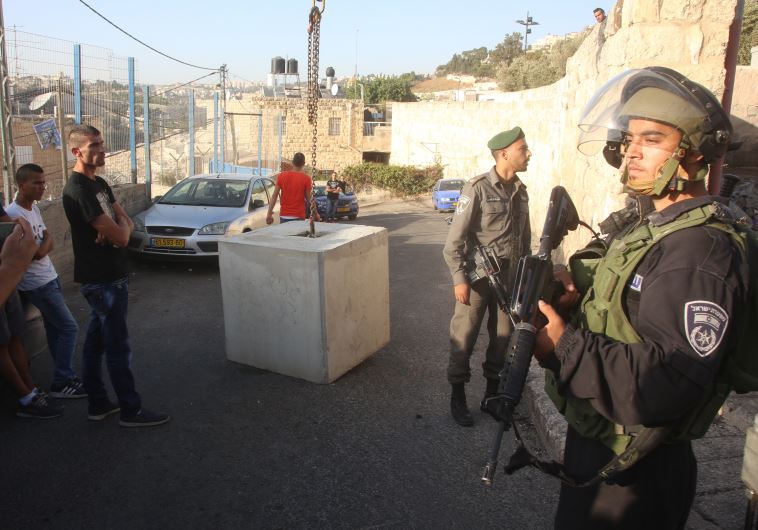East Jerusalem: Israel’s Puerto Rico?
Moving to the Puerto Rico model would force the Arab east Jerusalem community to engage with the Israeli state in ways that it now is unwilling to.
 Concrete barriers set up in east Jerusalem neighborhoods(photo credit: MARC ISRAEL SELLEM/THE JERUSALEM POST)
Concrete barriers set up in east Jerusalem neighborhoods(photo credit: MARC ISRAEL SELLEM/THE JERUSALEM POST)